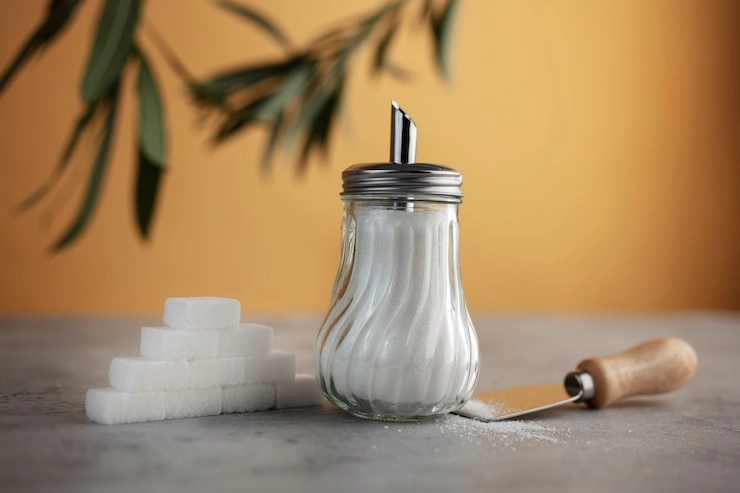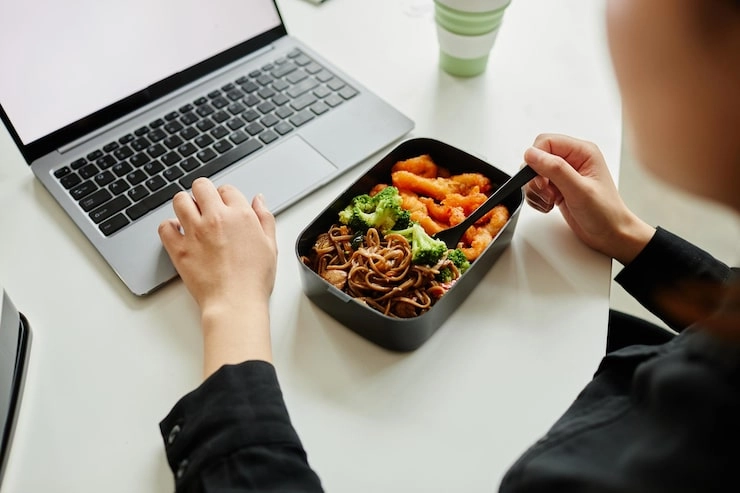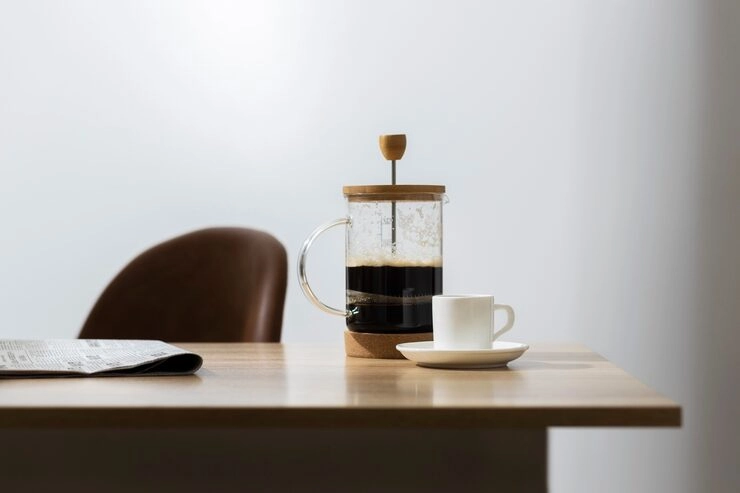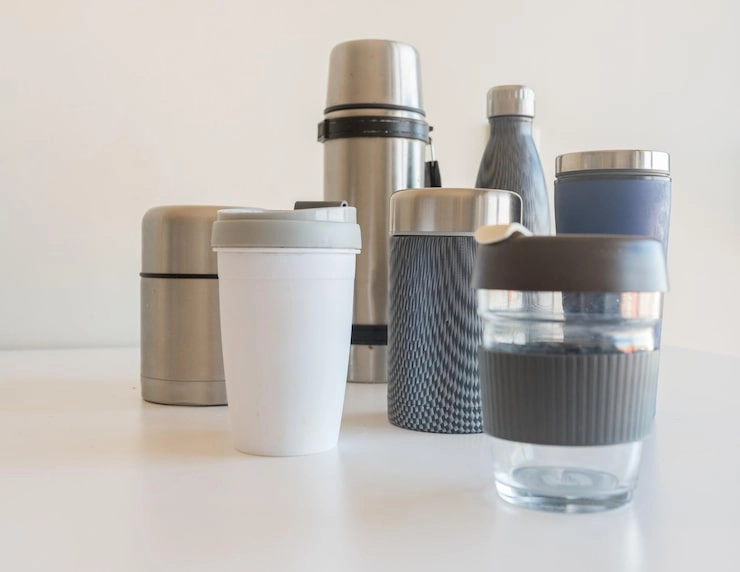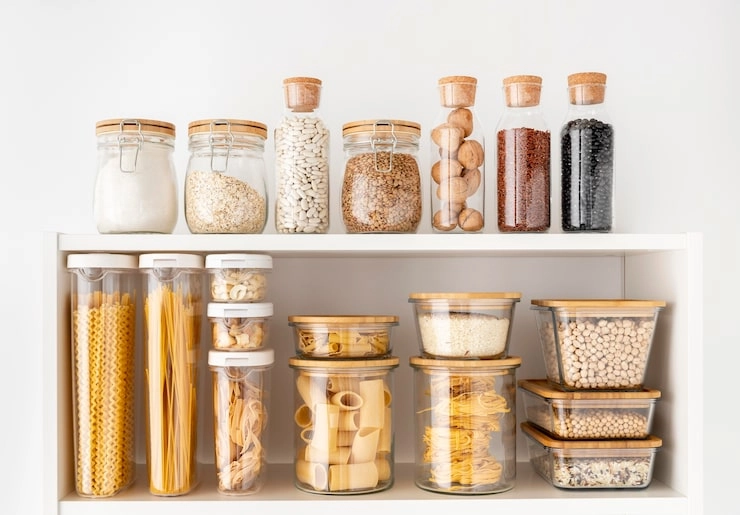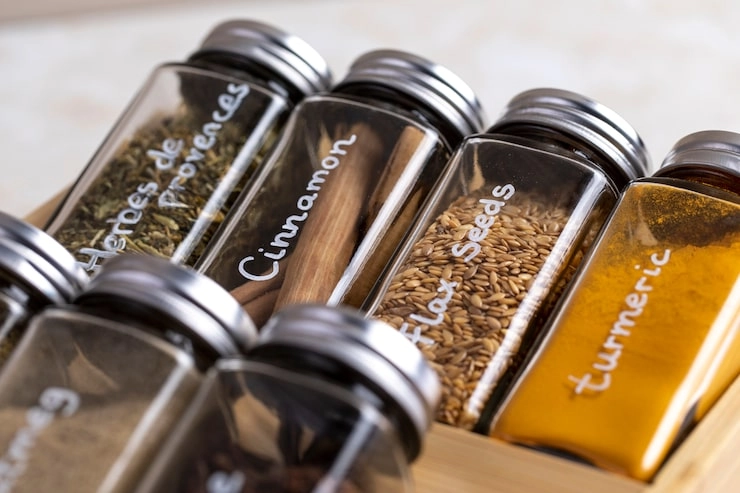
Microwaving meals in glass jars happens often in homes. Folks reheat soup, clean baby food holders, or thaw old meals this way. The ease of popping glass storage jars straight into the microwave beats most options. Yet, not every glass handles microwave heat well. Pick the wrong kind, and cracks appear, shards fly, or chemicals seep out—risking harm to you and messing up your food.
Knowing what sets a truly safe microwave glass jar apart cuts down dangers. It keeps your meals pure and warms them just right. Follow smart use tips and grasp your jar’s makeup, then relax with the perks of safe, handy microwaving.
Types of Glass Used in Storage Jars
Glass types react differently to warmth. That’s key for judging microwave fit.
Common Materials Found in Glass Storage Jars
Loads of glass storage jars use soda-lime glass. It’s cheap and easy to find. But this soda-lime glass fights quick heat shifts poorly. Cracks come easy from thermal shock.
Borosilicate Glass stands out too. This tough, heat-proof type shines for lasting power. Its low thermal expansion rate means less breaking from fast temp jumps. What’s more, it holds up better overall.
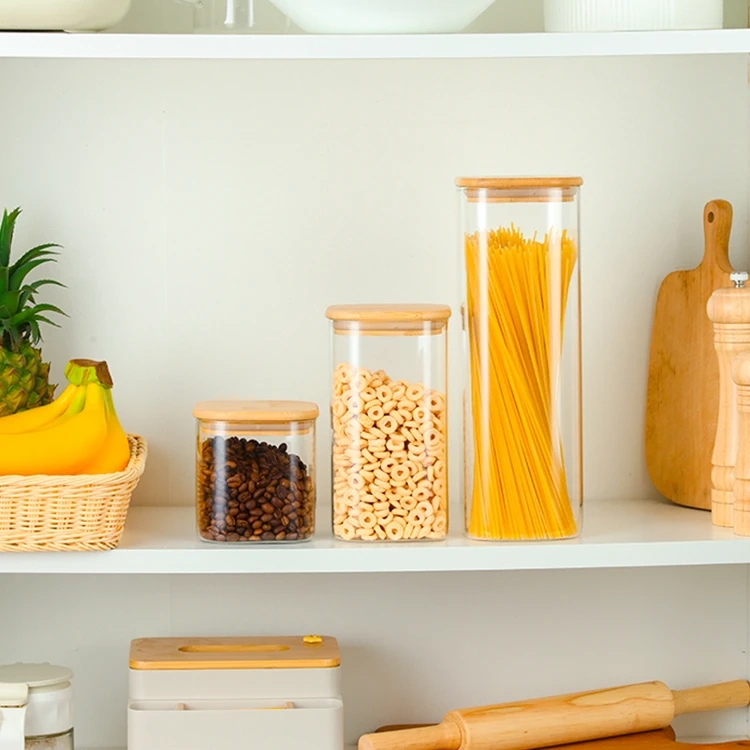
Tempered glass gets heat-treated for extra grit. Kitchen tools often feature it. Stronger than plain soda-lime, sure. Still, extreme or spotty heat can snap it.

How Material Composition Affects Microwave Safety
A jar’s makeup shapes how it fares in the microwave. Soda-lime glass might shatter from quick warmth. Borosilicate glass, though, takes high temps and sharp changes without harm.
First of all, scan the maker’s details. Good brands stamp “microwave-safe” if tests pass. No mark? Treat it as risky. Thus, you dodge trouble.
Factors That Determine Microwave Safety of Glass Jars
Before zapping any glass jar, weigh more than just its build. Several things count big.
The Role of Lids and Seals in Microwave Use
Glass jars often pair with metal, plastic, or bamboo tops. Metal lids? Never microwave them. Sparks fly from arcing, wrecking your unit or sparking flames.
Bamboo lids fail too. They twist or split in heat. Plastic or silicone bits work if marked heat-tough; else, they soften or bend. Besides, yank off tight lids always. Steam traps inside, building blast-level pressure.
Thickness and Shape of the Jar Matter
Thick-walled or odd-shaped jars warm spotty. That uneven heat strains the glass hard. Breakage odds climb. Round shapes spread warmth better than sharp ones. Stress drops inside.
Skip jars with bubbles or flaws. Those spots weaken fast under fire.
Thermal Shock and Its Impact on Glass Integrity
Sudden temp swings hit hard. Thermal shock cracks or bursts glass. Say you grab a fridge-chilled jar for the hot microwave. Stress lines form quick.
To dodge this, let cold jars warm a bit first. Never dump boiling stuff into chill glass. Or the flip side.
Best Practices for Microwaving Glass Jars Safely
Safe zaps need prep and know-how. Stick to these steps.
Checking for a Microwave-Safe Label
Spot the sure sign fast. Look for wavy lines or “microwave safe” words on the base. No tag? Steer clear.
Prepping the Jar Before Heating Food
Ditch metal bits like clips or hoops every time. For silicone seals, ease them loose. Steam needs an out. Skip this, and boom—pressure pops the jar.
Keep it spotless too. Peel off sticky labels. Melted goo taints your grub.
Heating Techniques to Reduce Risk of Breakage
Dial to medium power. Full blast makes hot zones that tax the glass. Stir mid-way. Even temps guard against burn spots.
Tuck a paper towel or safe plate below. It grabs drips. Cushions shakes too.
Items You Should Not Microwave in Glass Jars
Even safe jars can’t handle everything. Some foods and add-ons spell doom.
Foods That Expand or Bubble When Heated
Eggs, sealed soups, thick dips—they swell fast. Overfill, and pressure builds fierce. The jar might blow. Leave room at the top always.
Non-Microwave-Safe Accessories
Fancy jars sport metal bands or painted bits. Heat makes them zap or flake. Sticky labels melt, dumping bad stuff in food. Strip to plain glass first.
Benefits of Using Microwave-Safe Glass Jars
Precautions pay off. Certified safe glass jars bring real wins.
Convenience and Versatility
Store fridge scraps, then reheat right there. No dish swaps. Less scrubbing. Time saved.
Health and Environmental Advantages
Glass stays clean—no toxins leak like hot plastic might. Re-use cuts trash. Ditches one-time plastics.
Pick smart brands for peace. Take SinoGlass. They spell out microwave fit clear. Often pick borosilicate for tough, safe kitchens. Trusted names build trust.
Summary of Key Safety Tips
- Always verify microwave-safe labeling before use.
- Remove all non-glass components, including metal lids, bamboo lids, and decorative bands.
- Avoid exposing cold jars to sudden heat to prevent thermal shock.
- Do not overfill jars with foods that expand during heating.
- Use moderate heat settings and stir contents midway through warming.
These steps guard you. They stretch your gear’s life too.
Frequently Asked Questions (FAQs)
Q1: How can I be certain if a glass jar is microwave-safe, especially common ones like Mason jars?
A1: The only guaranteed way is to check the bottom of the jar for a “microwave safe” label or a symbol (often three wavy lines). If no label is present, you should assume it is not safe. Many standard Mason jars, designed primarily for canning and storage, are not made to withstand the thermal shock from microwaving unless specifically marked otherwise.
Q2: What parts of the jar must be removed before microwaving?
A2: Always remove all metal and bamboo components. Metal lids, rings, or clips will cause electrical sparks and can severely damage your microwave. Bamboo lids can warp, crack, or release moisture. It is also crucial to remove or at least significantly loosen any airtight lid (even plastic or silicone) to prevent steam pressure from building up, which could cause the jar to explode.
Q3: Does “tempered glass” automatically mean a jar is safe for the microwave?
A3: Not necessarily. While tempered glass is stronger and more resistant to thermal shock than standard glass, “tempered” does not automatically mean “microwave-safe.” Its safety depends on other factors like thickness, shape, and the absence of manufacturing flaws. The only reliable guide is the manufacturer’s “microwave safe” marking. Do not rely on the term “tempered” alone; always look for the specific safety label.





